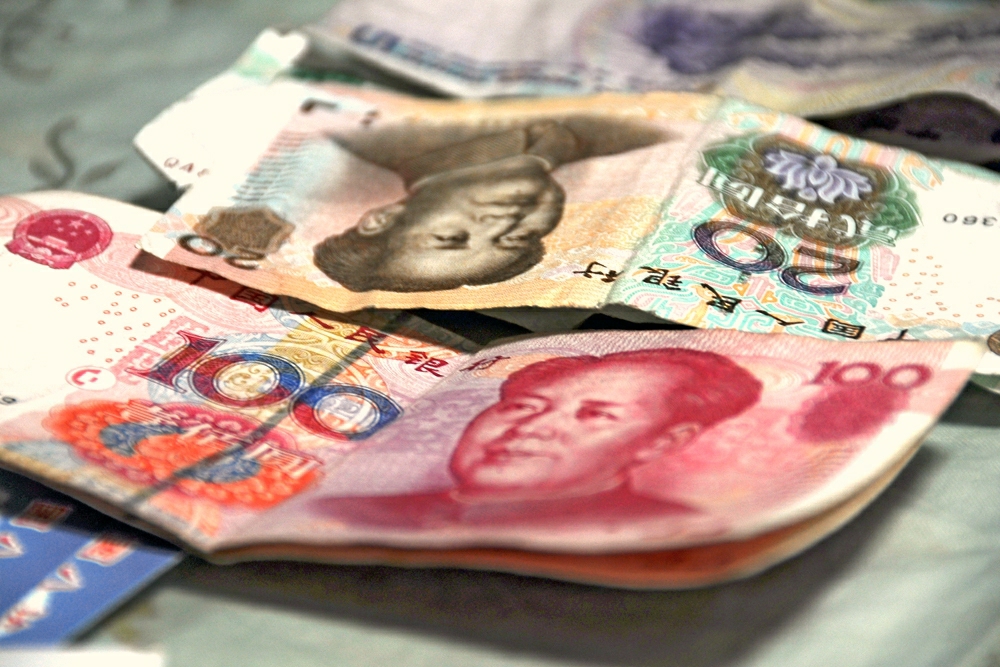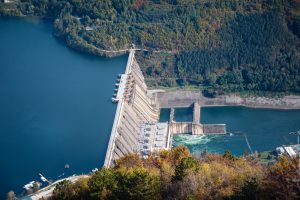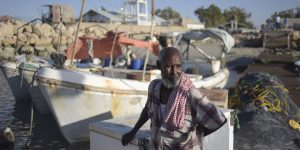China’s major state-backed development lenders issued fewer loans to Latin America last year than they have for a decade, suggesting a more cautious approach to investing in the region, according to new research from the Inter-American Dialogue and Boston University.
Last year’s five loans worth US$7.7 billion totalled more than the $6.2 billion issued in 2017 but still represent one of the lowest figures for state-to-state loans from China Development Bank (CDB) and the Export-Import Bank of China (Exim) to Latin America since 2005, when they began lending to the region. Not since one loan was issued in 2008 have there been fewer than five in a year.
At US$5 billion, Venezuela accounted for almost two-thirds of all Chinese policy banks’ lending to Latin America in 2018. Over more than a decade, the crisis-stricken country has been the recipient of US$67 billion, nearly half all CDB and Exim bank loans to the region.
Aside from usual borrowers Venezuela, Brazil, Argentina and Ecuador, the Dominican Republic received its first major Chinese loan in 2018, a US$600 million package for electricity transmission projects. The deal, which was agreed at a lower interest rate than for most loans, followed the establishment of diplomatic relations between the two countries in November.
US$141bn
lent by China's policy banks to Latin America since 2005
Despite last year’s low, the US$141 billion total lent by the two banks, which are tasked with supporting China’s development goals overseas, still outweighs financial support from equivalents the World Bank and Inter-American Development Bank, the new data showed.
Usual suspects
Mired in turmoil, Venezuela is one of a cluster of Latin American countries, which also includes Argentina, Ecuador and Brazil, that have relied on Chinese finance to weather economic crises in recent years.
These countries account for over 90% of all loans. Yet they may not be able to count on unending support from China.
“It is unclear to what extent CDB and Exim are still acting as a lifeline for the region’s more fragile economies,” the report said.
Last year, a grace period extended to Venezuela by CDB expired, meaning the petro-state must begin repaying its principal China debt, not just the interest. Much of the debt is underwritten by sales of oil, which it has struggled to pump with supply lines and machinery deliveries hit by the crisis and oil-sector employees fleeing the country.
Observers have also noted China’s reluctance to publicly acknowledge that it has helped prop up Venezuela, an economy heavily dependent on international oil prices.
As well as high sovereign risk in places like Venezuela, many China-backed projects in Latin America involve huge environmental risks. In the past, Chinese investors have taken on riskier projects than Western financial institutions might. Big energy and infrastructure projects still attract the majority of Chinese policy bank finance in Latin America.
China-backed hydro projects Coca Codo Sinclair in Ecuador and Rositas in Bolivia were proposed years ago but multilateral development banks passed up the investment opportunity owing to their environmental and social risks, the report said.
Communities affected by the proposed Rositas project claim they have not been consulted on its likely impacts, which include flooding animal pasture and impeding access to markets. President Evo Morales has suggested holding a nationwide referendum on the project in an apparent attempt to steamroller local community resistance.
Splashing the cash?
While Chinese companies have shown themselves to be responsive to community pressure in some Latin American projects, there has also been disquiet in China over its overseas spending.
Some foreign undertakings have been slammed by critics as loss-making “face projects”, which lack due diligence and serve only to enhance Beijing’s international standing as a development partner.
One could expect more caution from all of these entities as they grapple with problematic loan agreements in the region
A 2018 article published by China Brief, suggested that China is coming to terms with the tens of billions of dollars it has tied up in problematic investments abroad. Lending by major banks as part of the signature Belt and Road infrastructure initiative, which accounts for most of China’s overseas lending, has dipped since 2015 amid sometimes censored calls to scale back.
Whether or not lower lending to Latin America in the past two years reflects a new wariness remains to be seen.
“One could expect more caution from all of these entities, however, as they grapple with problematic loan agreements in the region, try to mitigate reputational risk, and navigate a shifting regulatory environment at home,” the Inter-American Dialogue and Boston University report said.








![Fears of river diversion have led to protests against a Chinese funded hydropower project in Kashmir [image by: Ghulam Rasool]](https://dialogue.earth/content/uploads/2019/03/Neelum1-Ghulam-Rasool-300x200.jpg)
